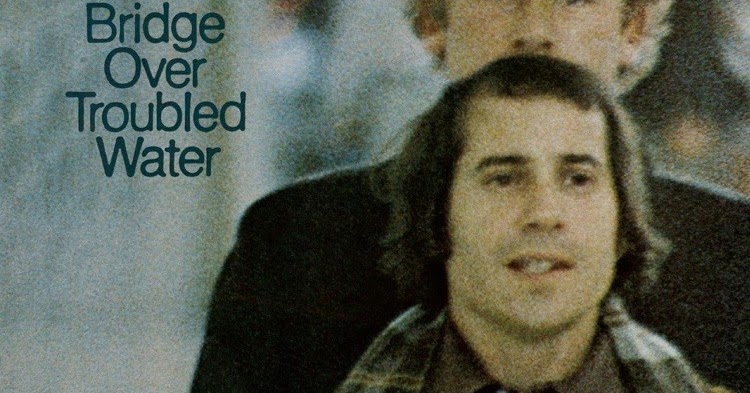
In "Fakin' It," Simon reveals the falsity inherent in modern life - it's better to appear to have it together than reflect the struggle of not being able to: "This feeling of fakin' it/I still haven't shaken it/I know I'm fakin' it/I'm not really makin' it." The album's final three tracks, "Mrs.

A horn section threatens to interrupt their reverie, reflecting the chaos they perceive, but is warded off as the gentle melody returns and fades into the album's opening theme. Simon's image of two old men sitting on a park bench sharing memories and their fears of the changes surrounding them is indelible. "Old Friends" carries the message deeper. In a two-minute field recording of the voices of old people collected from nursing homes by Garfunkel, disembodied voices reveal entire lifetimes in a few seconds. "Overs," a study about the end of a relationship, contains Halee's ingenious use of sound: lighting a cigarette and inhaling and exhaling its smoke underscore the story told by the melody and lyrics. Its sophisticated harmonic invention is toppled by its message "America" becomes an ellipsis, a cipher, an unanswerable question. Two people travel the landscape by bus searching for the track's subject, eventually discovering that everyone else on the freeway is too.

"America" is a folk song with a lilting soprano saxophone in its refrain as a small pipe organ paints acoustic guitars, framed by the ghostly traces of classic American Songbook pop structures. They are equal collaborators with producer/engineer Roy Halee in a multivalently layered song cycle observing the confusion of those seeking an elusive American Dream, wistfully reflecting on innocence lost forever to the cold winds of. It erupts into the musical dissonance that introduces "Save the Life of My Child." Its uneasy rock & roll frames highly metaphorical and ironic lyrics and a nursery rhyme bridge. Simon & Garfunkel quietly slipped Bookends, their fourth album, into the bins with a whisper in March 1968. Bookends opens with an acoustic guitar stating a theme, slowly and plaintively. They are equal collaborators with producer/engineer Roy Halee in a multivalently layered song cycle observing the confusion of those seeking an elusive American Dream, wistfully reflecting on innocence lost forever to the cold winds of change. Simon & Garfunkel quietly slipped Bookends, their fourth album, into the bins with a whisper in March 1968. Producers: Paul Simon, Art Garfunkel, Roy Halee. Personnel includes: Paul Simon (vocals, guitar) Art Garfunkel (vocals).

Ultradiscs are mastered from the original master tapes using Mobile Fidelity's proprietary mastering technique, then plated with 24 karat gold and housed in a stress-resistant lift-lock jewel box. Originally released on Columbia Records (9529). Recorded between Septemand October 16, 1968. Producers include: Paul Simon, Art Garfunkel, Roy Halee. Personnel includes: Paul Simon (vocals, acoustic guitar) Art Garfunkel (vocals) Jimmy Haskell (arranger).


 0 kommentar(er)
0 kommentar(er)
